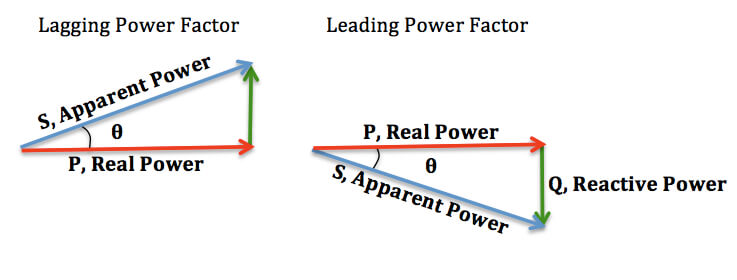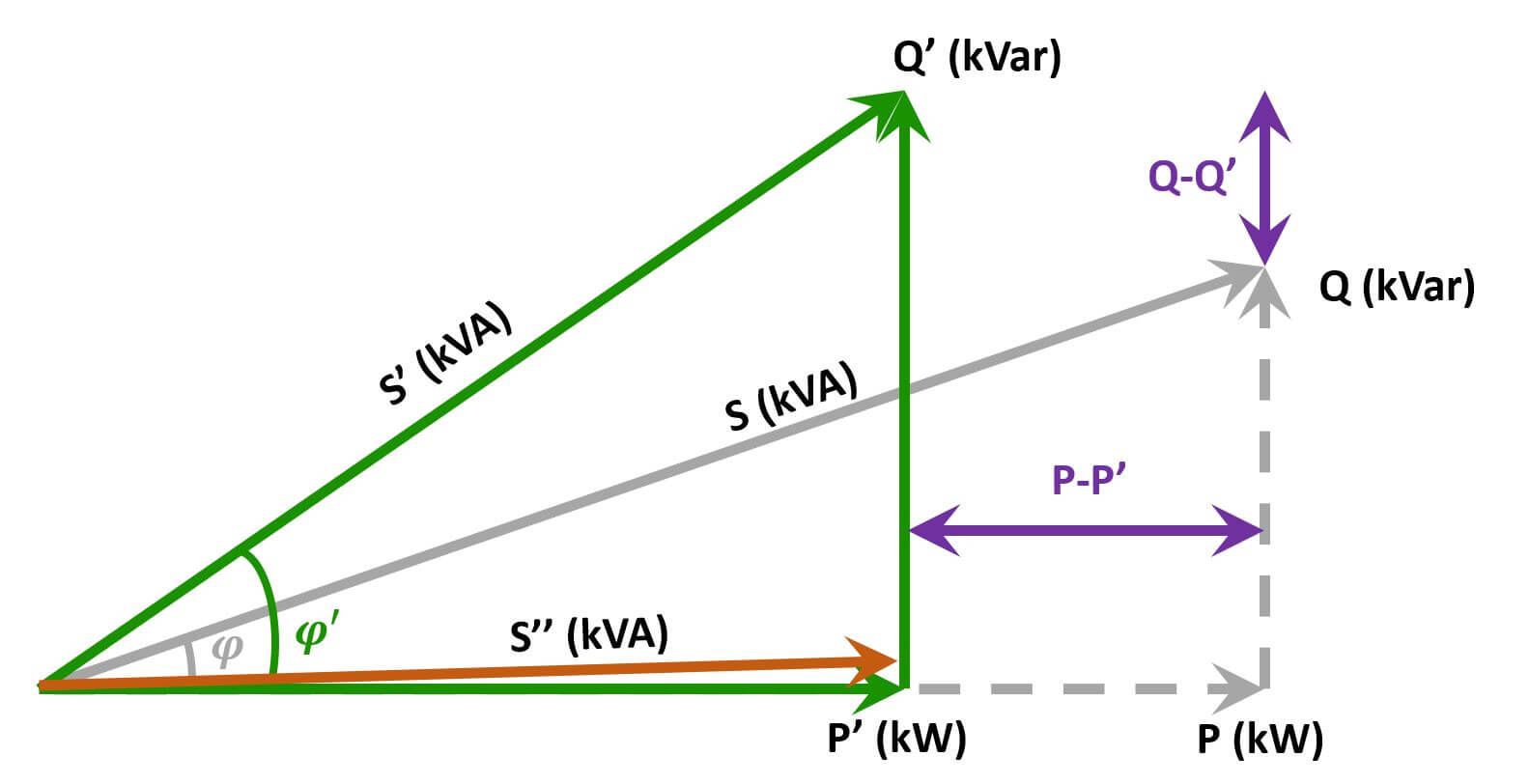Table of Contents
Introduction
In the expanding world of renewable energy, photovoltaic (PV) systems are a beacon of sustainability and efficiency. However, as the adoption of PV systems in industrial and commercial sectors grows, so does the complexity of managing power quality. One of the most critical challenges faced by businesses today is maintaining an optimal power factor (PF) to avoid hefty penalties imposed by utility companies. This article delves into the intricacies of power factor issues related to photovoltaic systems and outlines strategic solutions, including the deployment of Static Var Generators (SVGs), to enhance electrical efficiency and mitigate financial risks.

Understanding Power Factor and Its Financial Implications
What is Power Factor?
Power factor is a measure of how effectively incoming power is used in your electrical system and is defined as the ratio of real power (kW) to apparent power (kVA). In an ideal scenario, this ratio would be 1, indicating that all the power supplied is being utilized effectively.
Financial Impact of Low Power Factor
A low power factor indicates poor electrical efficiency, which not only leads to increased power consumption but also results in higher charges from power utilities. Most utilities require a minimum power factor of around 0.9, and failure to meet this standard can lead to significant penalties.
The Role of Photovoltaic Systems in Power Quality
Photovoltaic systems, while eco-friendly, often contribute to power quality issues, particularly in relation to power factor. These issues are primarily due to:
Inverter Output: PV inverters convert DC from solar panels into AC. This process can introduce reactive power (which does not perform any useful work) into the power system, thereby lowering the power factor.
Intermittent Nature of Solar Power: The power output from solar panels is highly dependent on weather conditions, leading to fluctuations in energy production which can destabilize the power grid and affect power factor.
Common Solutions and Their Limitations
Capacitors
Capacitors are traditionally used to correct power factor issues by compensating for the reactive power in the system. However, their effectiveness is limited under conditions where the PV output exceeds the load demand.
Optimized Inverter Settings
Advanced inverters can adjust their output to improve power quality but require sophisticated control strategies and regular maintenance, which can be a barrier for many operators.
SVG: A Superior Solution for Managing Power Factor in Photovoltaic Systems
Static Var Generators (SVGs) represent a breakthrough in technology for managing power quality issues in PV systems. SVGs operate across four quadrants, meaning they can both generate and absorb reactive power as needed, regardless of the direction of power flow. This ability makes them exceptionally well-suited for environments with high PV penetration.
Advantages of SVGs
Flexibility: SVGs provide dynamic power factor correction, adapting quickly to changes in load and generation conditions without the need for manual intervention.
Efficiency: By continuously adjusting themselves to optimize power factor, SVGs reduce the amount of reactive power in the system. This not only improves overall power quality but also decreases the likelihood of incurring penalties.
Reliability: SVGs contribute to grid stability by compensating for the intermittent output fluctuations of PV systems, thus ensuring a more reliable power supply.
Implementing SVGs in Your Energy Strategy
Incorporating SVGs into your photovoltaic system involves an initial investment but can result in significant long-term savings by avoiding penalties and improving energy efficiency. Here are steps to integrate SVG technology effectively:
1. Assessment: Conduct a thorough analysis of your current power quality and energy usage to identify specific challenges and opportunities.
2. Installation: Work with a skilled provider to install SVGs that are appropriately sized and configured for your system.
3. Monitoring: Implement a monitoring system to continuously assess power quality and SVG performance, allowing for real-time adjustments as necessary.
Conclusion
For businesses employing photovoltaic systems, optimizing power factor with SVGs offers a promising path to enhanced efficiency and reduced financial risk. By understanding the causes of power quality issues and implementing advanced solutions like Static Var Generators, companies can not only comply with utility requirements but also contribute to a more stable and sustainable energy landscape.

